Home>Furniture>Bedroom Furniture>How To Clean Your Bed
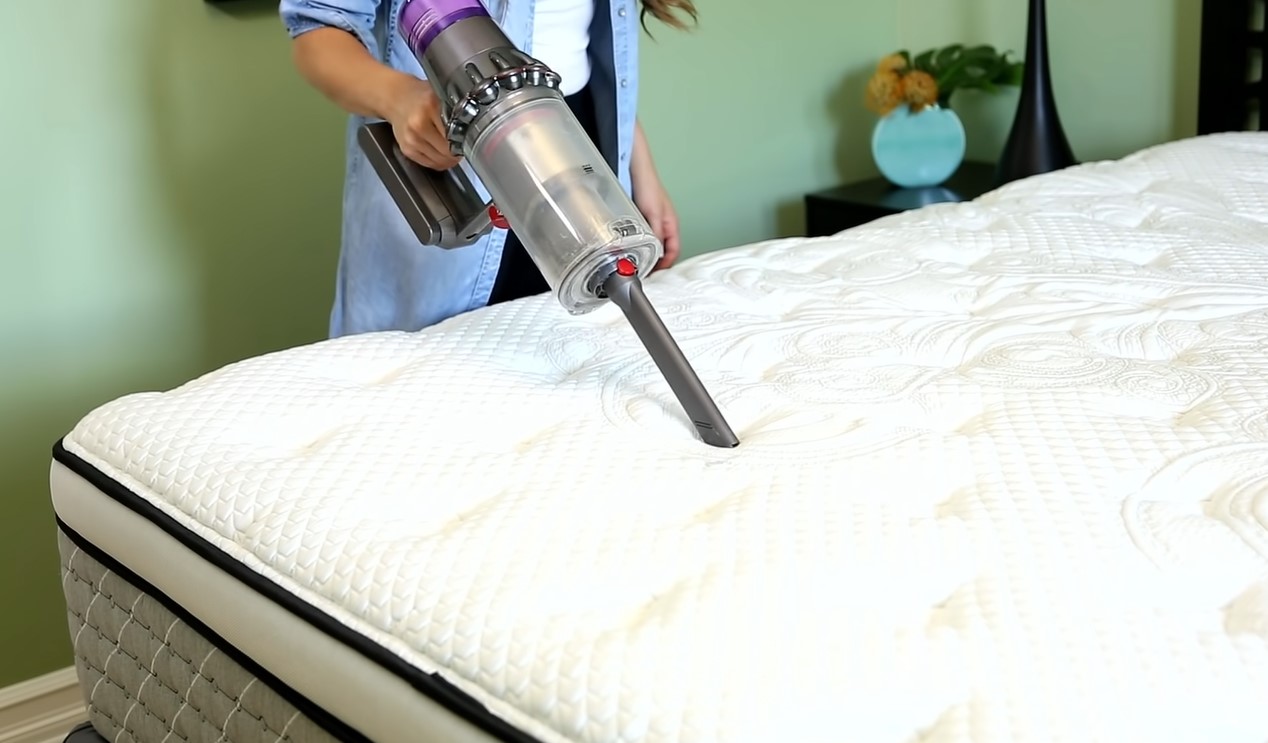

Bedroom Furniture
How To Clean Your Bed
Modified: October 20, 2024
Learn how to properly clean and maintain your bedroom furniture, including tips and tricks for keeping your bed fresh and comfortable.
(Many of the links in this article redirect to a specific reviewed product. Your purchase of these products through affiliate links helps to generate commission for Storables.com, at no extra cost. Learn more)
Introduction
Having a clean and fresh bed is essential for a good night’s sleep. Over time, mattresses can accumulate dirt, dust, sweat, and even stains, making it important to regularly clean and maintain them. Cleaning your bed not only helps to keep it hygienic but also prolongs its lifespan, ensuring that you get the most out of your investment. In this article, we will provide you with a step-by-step guide on how to clean your bed effectively.
Key Takeaways:
- Regularly cleaning your bed, including the mattress and bedding, not only promotes better sleep quality but also extends the lifespan of your investment. It’s essential for a clean and hygienic sleep environment.
- By following a step-by-step guide to clean your bed, you can effectively remove dirt, dust, allergens, and stains, ensuring a fresh and inviting sleep space. Regular maintenance promotes better sleep quality and overall comfort.
Read more: How To Clean A Dog Bed
Step 1: Remove all bedding
The first step in cleaning your bed is to remove all bedding, including sheets, pillowcases, blankets, and mattress protectors. Start by stripping the bed of all these items and gather them in a laundry basket or hamper. Take this opportunity to give your bedding a thorough cleaning by following the manufacturer’s instructions for washing and drying. Use a gentle cycle and mild detergent to keep the fabric in good condition.
If you notice any stains on the bedding, make a note of them to tackle in the next step. It’s important to address stains promptly to prevent them from setting in and becoming more difficult to remove. By removing the bedding, you create easy access to the mattress, allowing you to clean it more effectively.
Step 2: Vacuum the mattress
Once you have removed all bedding, it’s time to give your mattress a thorough vacuuming. Start by using the upholstery attachment on your vacuum cleaner to remove any loose dirt, dust, or debris from the surface of the mattress. Make sure to go over the entire mattress, paying extra attention to seams, edges, and corners where dirt and allergens can accumulate.
While vacuuming, take the time to also vacuum the box springs, bed frame, and any other areas surrounding the bed. This will help remove any hidden dust or allergens that can affect your sleep quality. Additionally, vacuuming the mattress regularly can help prevent the buildup of dust mites, which can trigger allergies and cause discomfort.
If your mattress has any deep-set dirt or stains that the vacuum cleaner cannot remove, don’t worry. We will address that in the next step.
Step 3: Spot clean any stains
If you notice any stains on your mattress while vacuuming, it’s important to address them before they become more difficult to remove. Spot cleaning stains can help restore the cleanliness and appearance of your bed. Here’s how you can do it:
- Identify the stain: Determine the type of stain you’re dealing with. Common mattress stains include sweat, urine, blood, or beverage spills.
- Treat the stain: Use an appropriate stain remover for the specific type of stain. You can purchase a commercial stain remover or make your own using simple household ingredients like baking soda, hydrogen peroxide, or vinegar. Follow the instructions on the stain remover and apply it to the affected area.
- Gently scrub the stain: Use a soft brush or cloth to gently scrub the stain in a circular motion. Be careful not to scrub too vigorously, as this can damage the mattress fibers.
- Blot the stain: After scrubbing, use a clean cloth or paper towel to blot the stain and absorb any excess moisture. Repeat this process until the stain is no longer visible.
- Dry the mattress: Allow the mattress to air dry completely before putting any bedding back on. You can speed up the drying process by using a fan or opening windows to promote airflow.
Remember, it’s important to address stains as soon as possible to increase the chances of successful removal. If the stain persists or if you’re unsure about how to clean a particular type of stain, it’s always a good idea to consult a professional mattress cleaner.
Step 4: Deodorize the mattress
After cleaning and spot treating any stains, it’s time to freshen up your mattress by deodorizing it. Over time, mattresses can absorb odors from sweat, body oils, and other sources, so it’s important to eliminate any unwanted smells. Here’s how you can deodorize your mattress:
- Sprinkle baking soda: Baking soda is a natural deodorizer that can help absorb and neutralize odors. Generously sprinkle baking soda over the entire surface of the mattress, focusing on areas that may have trapped odors.
- Let it sit: Allow the baking soda to sit on the mattress for at least a couple of hours, or preferably overnight. This gives it enough time to absorb any odors.
- Vacuum the mattress: Use the upholstery attachment on your vacuum cleaner to thoroughly vacuum the mattress, removing all the baking soda. Make sure to go over the mattress from top to bottom, ensuring that all traces of baking soda are removed.
By deodorizing your mattress, you’ll not only create a fresh scent but also eliminate any lingering odors that can disrupt your sleep environment. It’s a simple yet effective way to keep your bed smelling clean and inviting.
To clean your bed, start by removing all bedding and wash them in hot water. Vacuum the mattress and use a fabric cleaner to spot clean any stains. Finally, sprinkle baking soda on the mattress, let it sit for a few hours, then vacuum it up to deodorize.
Read more: How To Clean A Wet Bed
Step 5: Flip or rotate the mattress
Flipping or rotating your mattress is an important step in maintaining its shape and reducing wear and tear. The frequency of flipping or rotating your mattress may vary depending on the manufacturer’s instructions, but it is generally recommended to do it every 3-6 months. Here’s how you can do it:
- Check the manufacturer’s instructions: Before flipping or rotating your mattress, refer to the manufacturer’s guidelines. Some mattresses are designed to be one-sided and should only be rotated, while others can be flipped and rotated.
- Rotate the mattress: If your mattress is reversible, rotate it 180 degrees. This helps distribute the weight evenly and prevents indentations from forming in specific areas. For example, if the head of the mattress was previously at the top, rotate it so that the foot of the mattress is now at the top.
- Flip the mattress: If your mattress is designed to be flipped, carefully turn it over, so the bottom becomes the top. This ensures that both sides of the mattress get equal wear and tear over time.
By regularly flipping or rotating your mattress, you’ll create a more even sleeping surface and extend the lifespan of your bed. This can help prevent sagging and maintain the overall comfort and support of your mattress.
Step 6: Clean the bedding
While you have the opportunity, it’s important to clean all of your bedding thoroughly. This includes your sheets, pillowcases, blankets, and any other fabric items that come in contact with your bed. Here’s how you can effectively clean your bedding:
- Follow care instructions: Before washing your bedding, check the care labels for specific instructions. Different fabrics may require different washing settings and temperatures.
- Separate colors: Sort your bedding by color and wash similar colors together to prevent color bleeding. This is especially important for darker or brighter colored bedding.
- Use appropriate detergent: Choose a mild detergent specifically formulated for bedding. Avoid using harsh detergents or bleach, as they can damage the fabric and affect the quality and longevity of your bedding.
- Wash in warm water: Set your washing machine to a warm water setting, which helps to remove oils, sweat, and other residues effectively. Avoid using hot water, as it can cause certain fabrics to shrink or fade.
- Extra care for stains: Pay special attention to any stains on your bedding. Use a stain remover or pre-treat the stains before washing to increase the chances of successful removal.
- Thoroughly dry: Once washed, dry your bedding according to the fabric’s instructions. Depending on the material, you can air dry them or use a dryer on a low to medium heat setting.
By regularly cleaning your bedding, you not only maintain a fresh and inviting sleep environment but also help prolong the lifespan of your bedding. Clean bedding contributes to a clean and comfortable bed overall.
Step 7: Replace the bedding
After thoroughly cleaning and drying your bedding, it’s time to put everything back in place and make your bed. Here’s what you should do to ensure a comfortable and inviting sleep environment:
- Start with a mattress protector: Consider using a mattress protector to prevent stains, spills, and dust mites from reaching your mattress. This extra layer of protection can extend the life of your mattress and make it easier to keep it clean in the future.
- Add a fitted sheet: Start by putting on a fresh fitted sheet that fits snugly around your mattress. Make sure to pull it tight, so there are no wrinkles or loose corners.
- Layer on a flat sheet: Place a flat sheet on top of the fitted sheet, tucking it in securely at the bottom and sides of the mattress. This provides an additional barrier between you and the mattress.
- Arrange your pillows: Fluff up your pillows and place them in their respective pillowcases. Arrange them at the head of the bed for added comfort and support while sleeping.
- Add blankets or a comforter: Depending on the weather and your personal preferences, layer your bed with blankets or a comforter for warmth and coziness.
- Finish with decorative pillows or throws: To add a touch of style and personality to your bed, consider adding decorative pillows or throws that complement your bedroom decor.
Replacing your bedding not only completes the cleaning process but also gives you a fresh and inviting sleep space to enjoy. Make sure to periodically wash and replace your bedding to maintain a clean and hygienic bed.
Conclusion
A clean and well-maintained bed is essential for a good night’s sleep and overall comfort. By following the step-by-step guide outlined in this article, you can effectively clean your bed and create a hygienic sleep environment.
From removing all bedding and vacuuming your mattress to spot treating stains, deodorizing, and flipping or rotating the mattress, each step plays a crucial role in keeping your bed fresh and in good condition. Additionally, regularly cleaning your bedding and replacing it when necessary ensures a clean and inviting sleep space.
Dedicating time to clean your bed not only helps to remove dirt, dust, allergens, and stains but also extends the lifespan of your mattress and bedding. It promotes better sleep quality, reduces the risk of allergies and skin irritations, and provides a more pleasant overall sleeping experience.
Remember, maintaining a clean bed should be a regular part of your household cleaning routine. By incorporating these steps and tips into your cleaning regimen, you can enjoy a clean, fresh, and comfortable bed for years to come.
Frequently Asked Questions about How To Clean Your Bed
Was this page helpful?
At Storables.com, we guarantee accurate and reliable information. Our content, validated by Expert Board Contributors, is crafted following stringent Editorial Policies. We're committed to providing you with well-researched, expert-backed insights for all your informational needs.
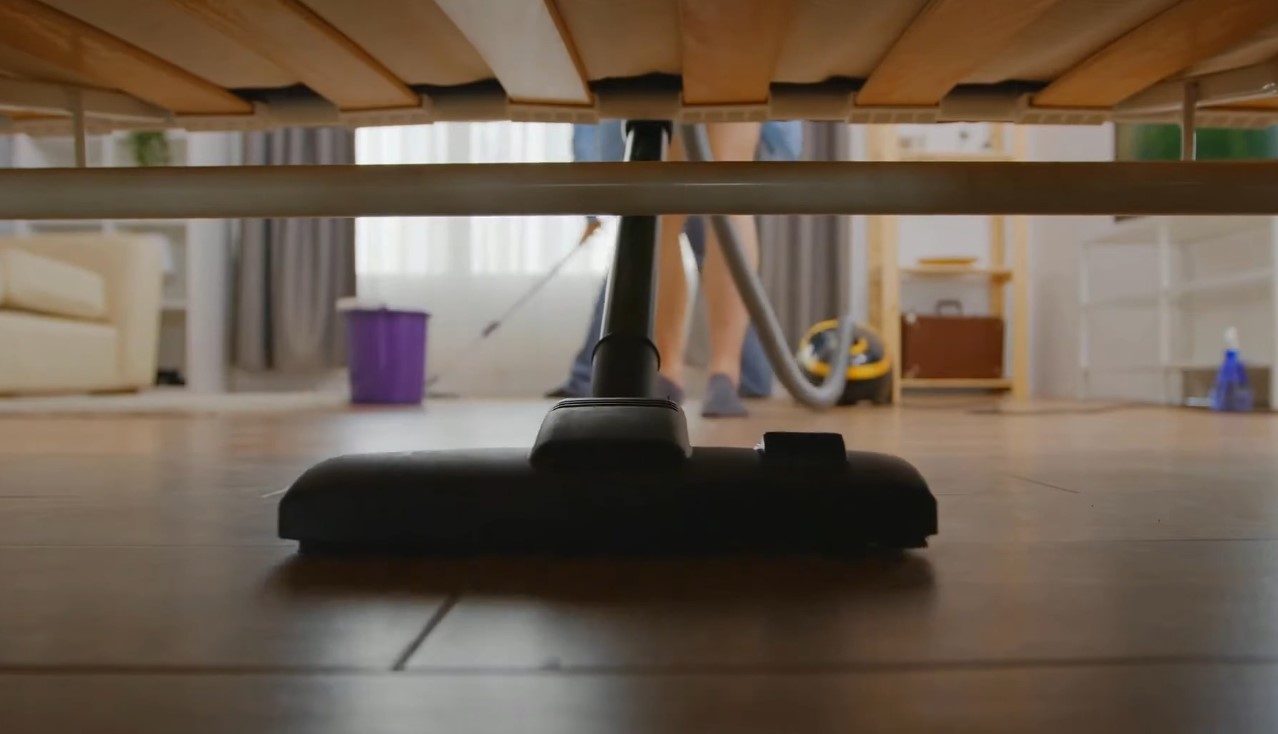
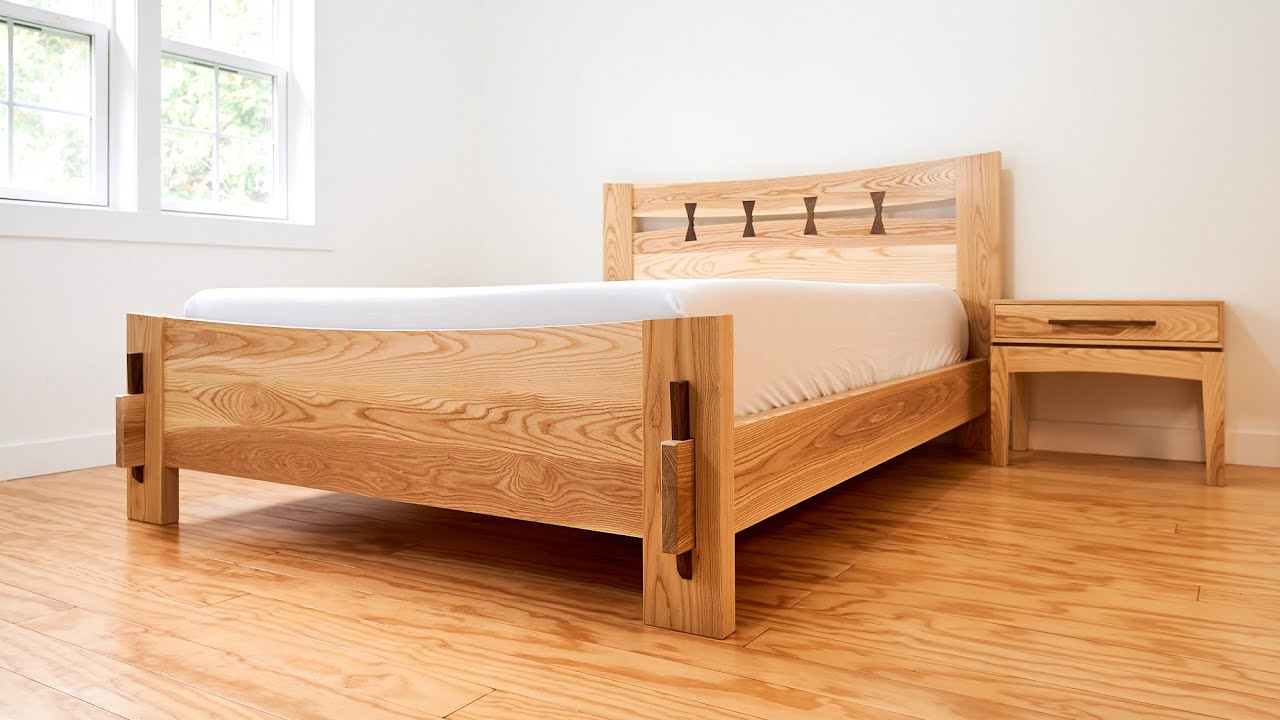
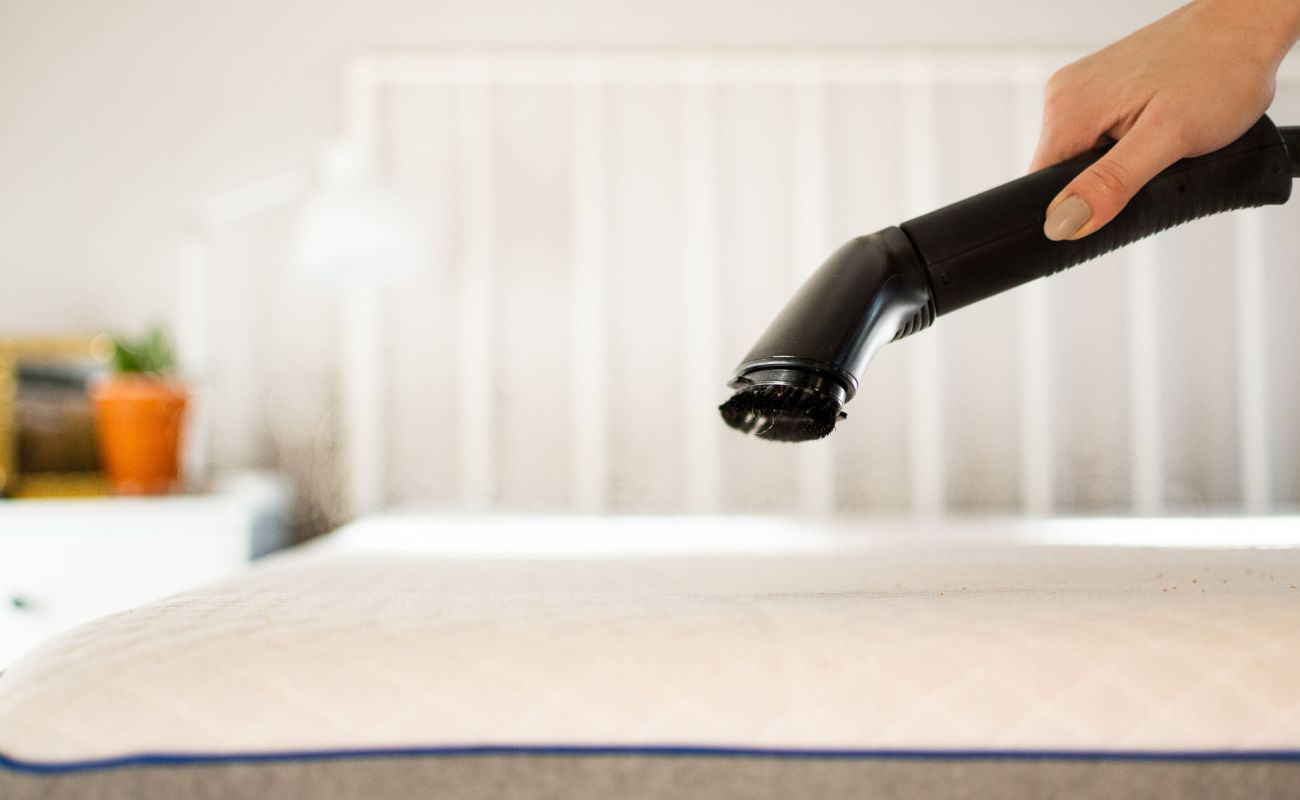

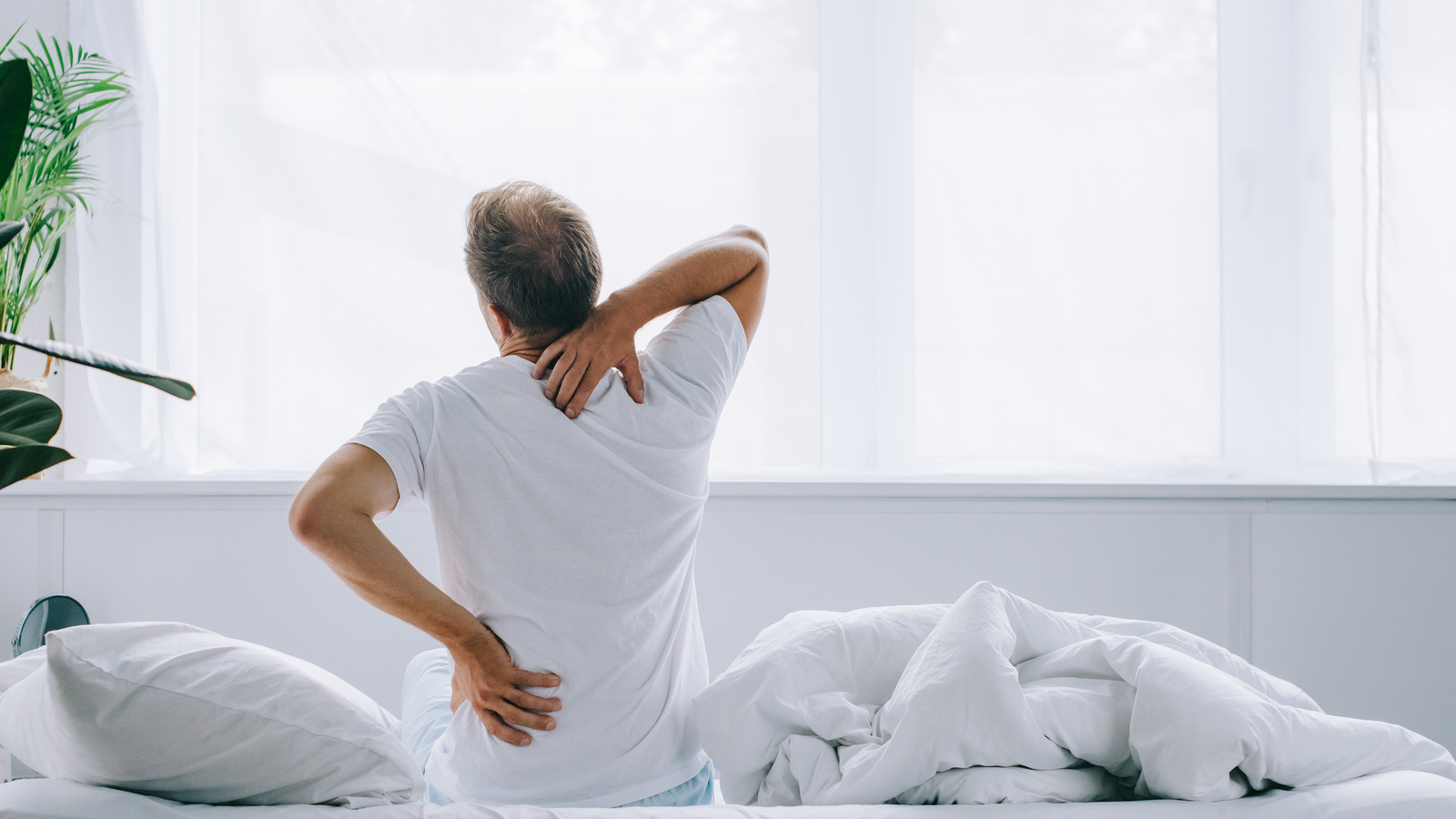

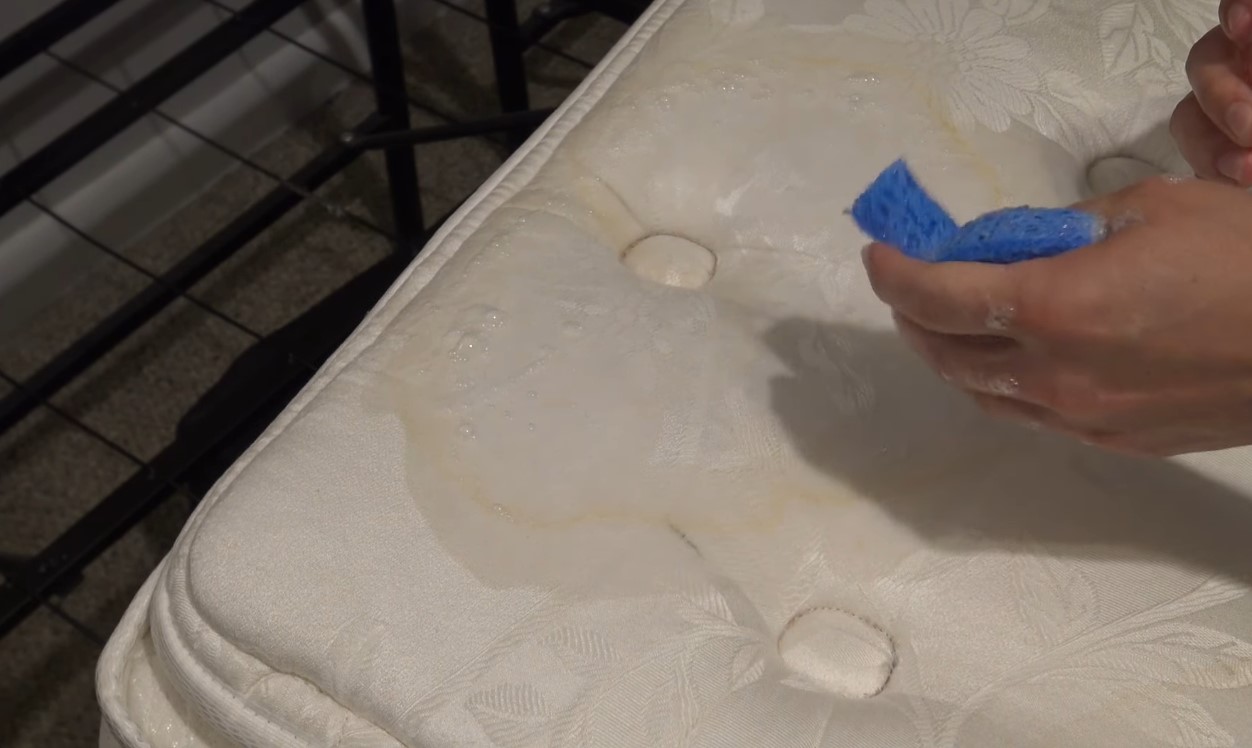

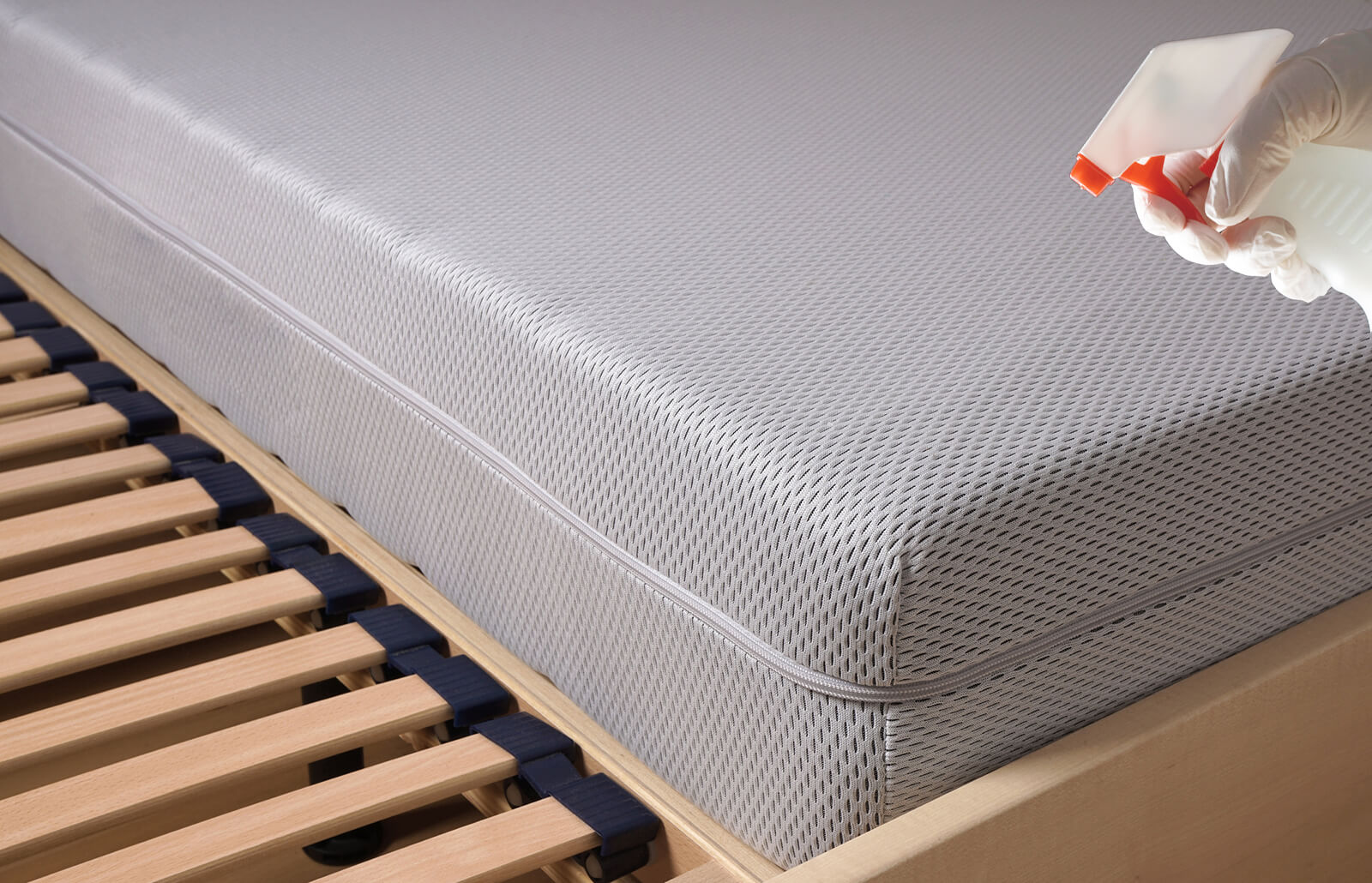
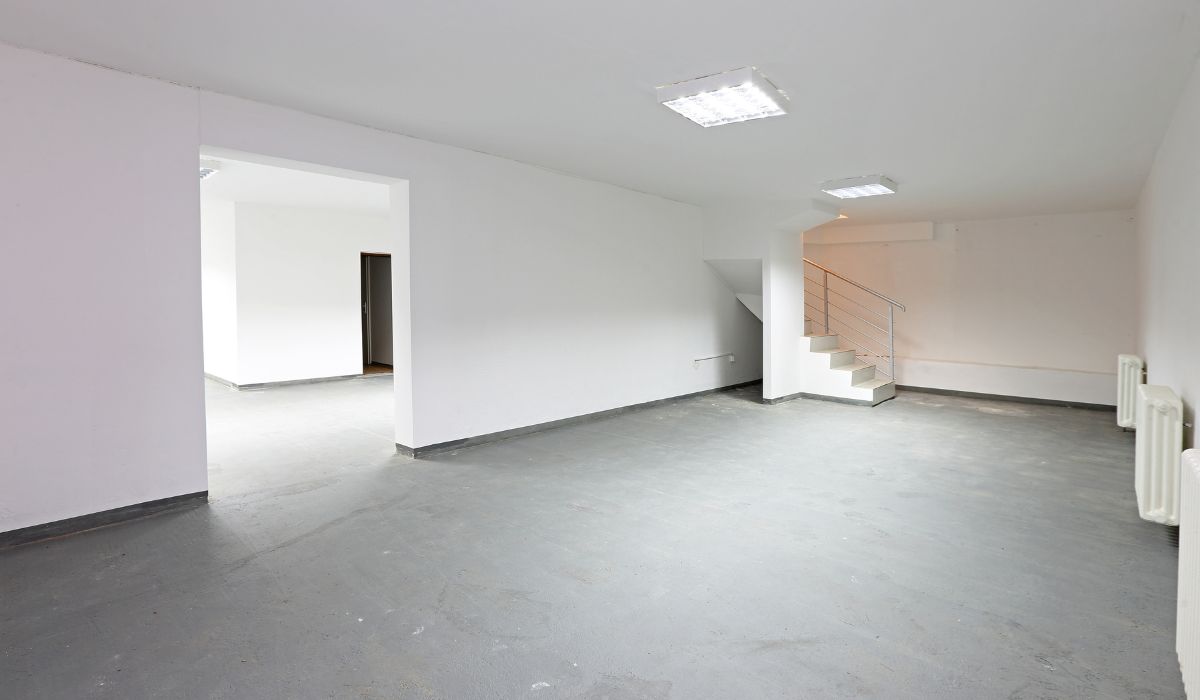

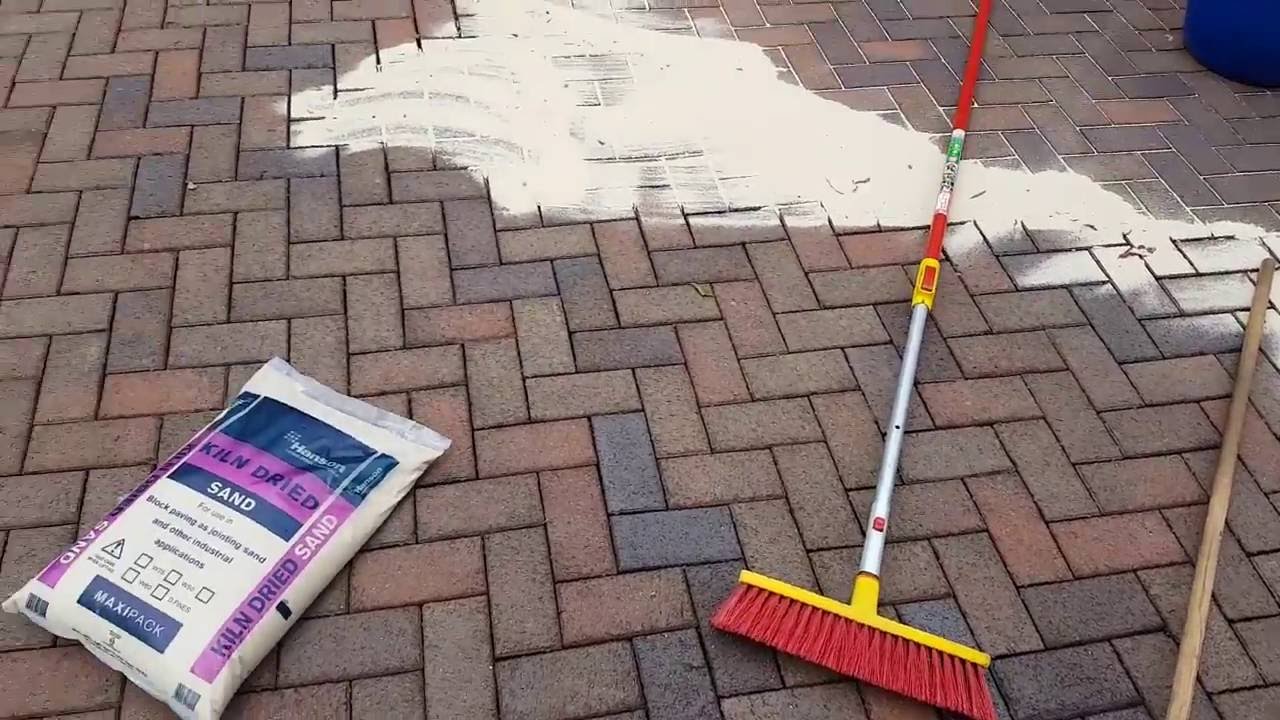



0 thoughts on “How To Clean Your Bed”